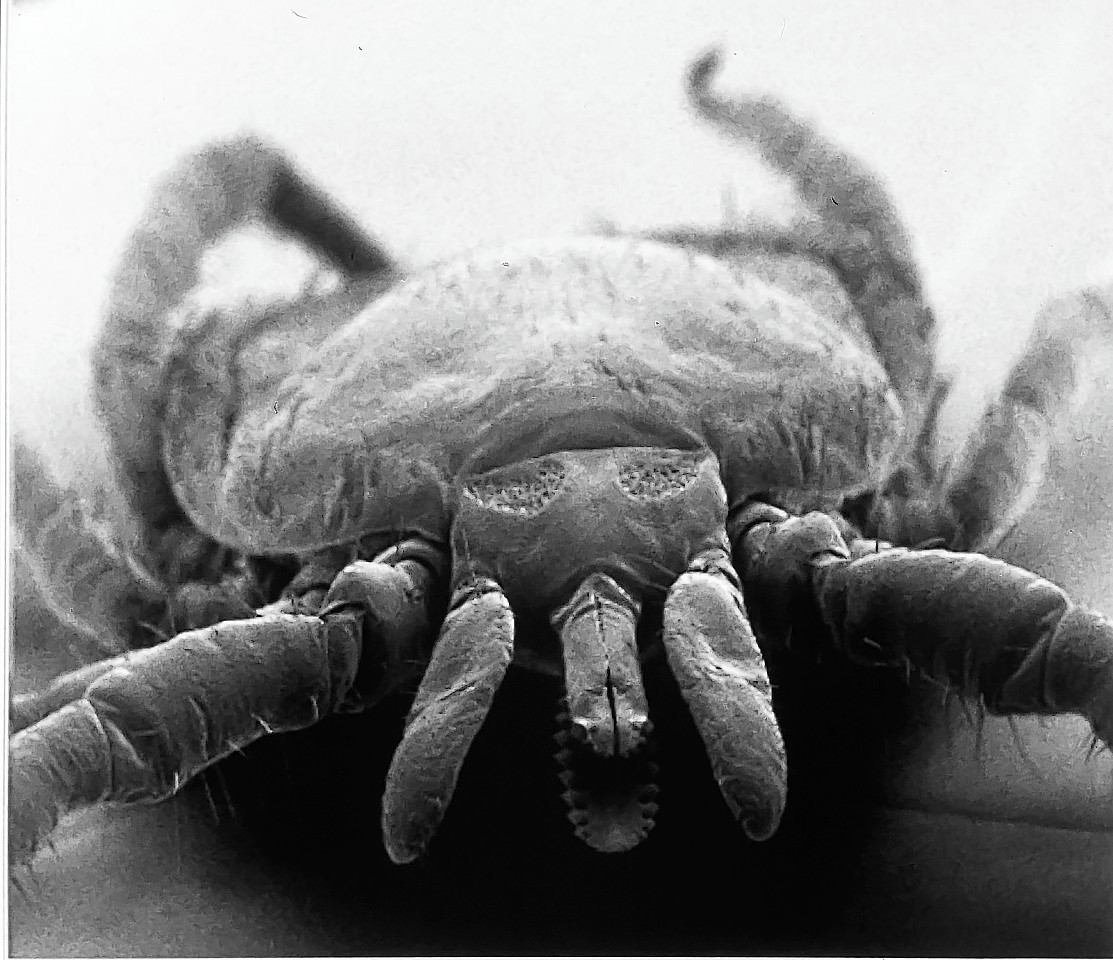Islanders in some of the worst tick black spots in the Outer Hebrides are being targeted over the risk of Lyme disease.
The incidence of Lyme disease on Uist was found to be far greater than that on neighbouring islands, according to recent figures.
The infection can be transmitted to humans through a bite from a tick.
NHS Western Isles is now to hold the events later this month at Stoneybridge Hall in South Uist.
On March 30, the health board said local experts would give “a snapshot of the current situation” with regards to ticks and what actions can be taken to avoid bites and what to do if bitten by a tick.
The second event the next day will explore incidence of Lyme disease and how this affects land management and use of land. NHS Western Isles said evidence of the presence of ticks would be presented at this event. People who want to attend have been asked to register their interest with the health board.
Lyme disease is a bacterial infection that is spread to humans by infected ticks.
Flu-like symptoms and fatigue are often the first noticeable signs of infection. An untreated bite often shows as a distinctive red circle-like mark on a person’s skin.
Diagnosed cases of Lyme disease can be treated with antibiotics, but, if left untreated, neurological problems and joint pain can develop months or years later.
Ticks are small arthropods related to spiders, mites and scorpions and Britain has a number of different species.
People are most likely to come across sheep ticks, which feed on mammals such as deer and also birds, in open spaces with long grass or bracken.
Last year it was suggested that over four years a total of 165 individuals on North Uist, South Uist and Benbecula were diagnosed with the disease.
In that same period, Lewis and Harris have recorded just one case and Barra three.
The figures for incidence of Lyme disease on the Western Isles were provided by medical practices across the islands.
